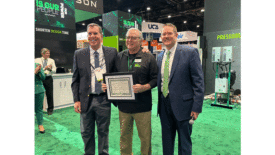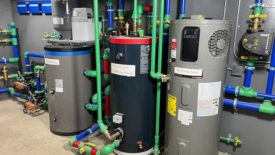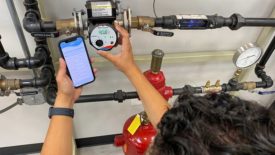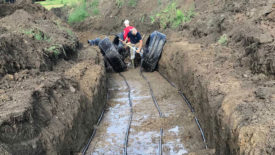Radiant & Hydronics
Most Popular Products
Check out 2023’s most popular products based on pageviews from PM Engineer’s website.
Read More
100-year-old manufacturing plant gets back to work following a fire
Viega ProPress valves, flanges and fittings help the company get up and running as quickly as possible.
February 12, 2024
Renewable Heating Design | John Siegenthaler
The challenge of reviewing proposed system schematics
Where’s Waldo?
February 1, 2024
Heat pumps maximize efficiency, combining hot water and space heating
The road to electrification and decarbonization.
January 15, 2024
Renewable Heating Design | John Siegenthaler
Complementary fuel sources
Progression to renewably sourced energy should not be immediate, or exclusive to fossil fuels.
January 3, 2024
Demand for ECM smart circulators on the rise
Advanced technology position pumps as versatile, energy-saving solution.
December 13, 2023
Heating Help | Dan Holohan
Longtime Plumbing Group columnist says goodbye
Dan Holohan bids readers a fond farewell.
December 7, 2023
Renewable Heating Design | John Siegenthaler
Concepts for varying flow rate in geothermal earth loops — Part 2
Max COP Tracking
November 30, 2023
As electric boilers gain popularity, gas boilers still play vital role in reduced emission designs
Retrofitting buildings to electric heat can come with several challenges.
November 16, 2023
Keep the info flowing with our eNewsletters!
Get the latest industry updates tailored your way.
JOIN TODAY!Copyright ©2024. All Rights Reserved BNP Media.
Design, CMS, Hosting & Web Development :: ePublishing













